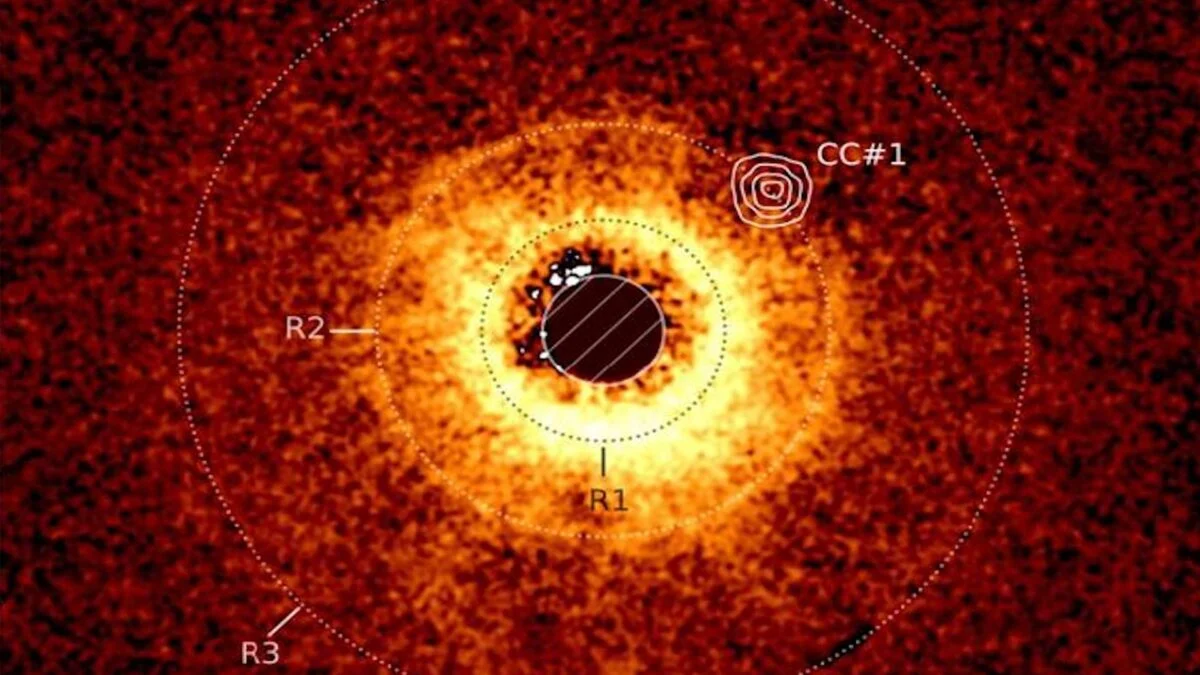
Webb Telescope Just Did Something It’s Never Done Before—and Astronomers Are Thrilled
How did your country report this? Share your view in the comments.
Diverging Reports Breakdown
Webb Telescope Just Did Something It’s Never Done Before—and Astronomers Are Thrilled
Webb has captured a previously unseen exoplanet, the lightest planet imaged so far. The James Webb Space Telescope has been probing the atmospheres of alien planets to study their potential for habitability. For the first time, however, Webb has discovered its own exoplanets, finding a young system hidden in a swirling cloud of dust and debris. TWA 7b, designated a sub-Jupiter, has a mass similar to that of Saturn’s and orbits around a star that formed approximately 6.4 million years ago. It is more massive than Neptune but around 30% less massive than Jupiter, the largest planet of our solar system. The discovery opens up a new window into hidden, Saturn-like worlds.
Webb has captured a previously unseen exoplanet, the lightest planet imaged so far—an accomplishment made possible by the space-based telescope’s advanced capabilities. The recent discovery, detailed in a paper published Wednesday in the journal Nature, marks Webb’s first discovery of an exoplanet and opens up a new window into hidden, Saturn-like worlds.
“The planets are much fainter by orders of magnitudes than their parent stars, and seen from Earth or from JWST, they are angularly very close to them,” Anne-Marie Lagrange, research director at the French National Center for Scientific Research and lead author of the paper, told Gizmodo. “Hence, when looking at a planet we see only the star.” In order to overcome this issue, the team behind the new discovery used a coronagraph—a telescopic attachment for Webb’s Mid-Infrared Instrument. The coronagraph recreates the effect of a solar eclipse, blocking the light from a star to make its surroundings more visible.
Using the coronagraph, the scientists spotted a young planetary system that’s only a few million years old. The system, named TWA 7, has three distinct rings, one of which is especially narrow while being surrounded by two areas that hold almost no matter. In Webb’s image, something lies within the heart of the narrow ring, which the scientists behind the study concluded is an exoplanet.
The newly discovered exoplanet, dubbed TWA 7b, is more massive than Neptune but around 30% less massive than Jupiter, the largest planet of our solar system. TWA 7b, designated a sub-Jupiter, has a mass similar to that of Saturn’s and orbits around a star that formed approximately 6.4 million years ago. The planet maintains a large distance of 52 astronomical units (in which 1 au is the average distance between the Earth and the Sun) from its star.
“It is also the first planet explaining gaps in a disk,” Lagrange said. “It is unique to explain disk-planet interactions during the early phases of planetary systems.” Planets form from the material leftover from the birth of a star, which create a swirling disk of matter. Previous observations of these protoplanetary disks has revealed ring-like structures and gaps, which were believed to be signatures of unseen planets. So far, there were no direct observations of those planets. The mass and orbital features of TWA 7b, however, match the predicted properties of an exoplanet that may have formed in the gap between the first and second ring of the disk.
By using Webb to observe young, faint planets, scientists have unlocked a new doorway into the discovery of alien worlds. “In terms of imaging, it opens the possibility to image Saturn-like planets. In further steps, it will allow us to characterize the atmosphere of Saturn-like, non irradiated planets,” Lagrange said. “It is a big step. It helps us knowing what is complicated when searching for very light planets.”
